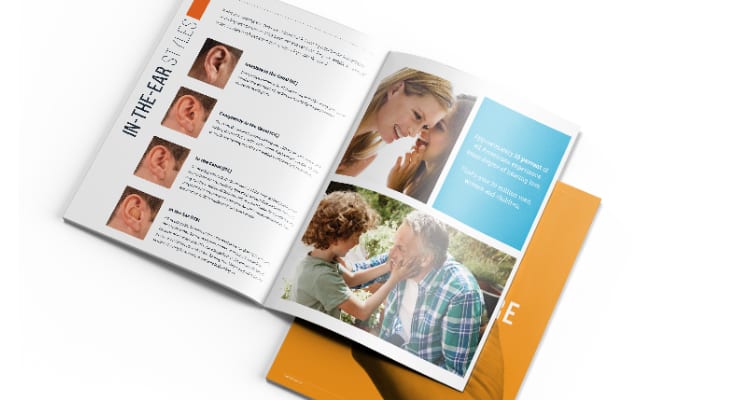
The value of healthy hearing on your quality of life cannot be emphasized enough. And, as any good audiologist will confirm, prevention is always the best form of protection. So, whether you have known hearing loss, a family history of experiencing it, or perfectly good hearing, it makes sense to protect your hearing health at all costs.
There are many ways to reduce the threat of hearing loss, such as avoiding exposure to prolonged loud noises and not causing unnecessary damage with cotton swabs. However, wearing the right type of hearing protection in the appropriate situations remains the most significant step by far. Here’s all you need to know.
Who needs hearing protection?
Most people think that hearing loss is limited mainly to old age, but those thoughts are wildly inaccurate. Over 50 million Americans experience at least some form of mild hearing loss, including millions of children and young adults.
Hearing protection should be used by everyone that enters potentially harmful situations, regardless of their current hearing health. So, the first question you have to ask is “when should hearing protection be worn?” at work or in recreational moments. Some of the most common situations include;
- When you are regularly around loud music due to playing, working as a sound engineer, or attending gigs.
- If you work on an airport runway or an airfield where the noise of airplanes will be regular throughout the day.
- When you work with power tools like pneumatic drills or other loud machinery that surpasses 85db.
- If you are set to attend any event where loud explosions are heard, this can extend to firework displays.
- When you are near sirens or high-pitched noises for extended durations or on a repeated basis.
Depending on personal circumstances, you may need to consider wearing ear protection when swimming or in other situations where your situation could cause you to experience hearing loss. Likewise, anyone who experiences tinnitus may need to increase the frequency of use.
What types of hearing protection are available?
Ear protection comes in several forms, but there are four main types that will provide ample support in virtually every situation imaginable, including:
- Disposable earplugs,
- Corded earplugs,
- Ear defenders,
- Helmet-mounted earmuffs
Disposable earplugs
As the name suggests, earplugs quite literally plug your ear. They are inserted into the ear canal, which essentially creates a vacuum that will prevent sound pressure from reaching your eardrum. This means that all sounds will be significantly reduced, including bringing dangerous noises into a safe zone. It is usually the highest level of protection that you will get.
Disposable earplugs are normally made of foam and are thrown away after they have been worn once. They are individual earplugs, meaning you can use a single piece or a pair.
Corded earplugs
Corded earplugs work in a similar way to disposable earplugs. The earplugs themselves are usually made from foam, although other materials like rubber can be used and are placed into the ear canal. However, the two earplugs are connected by a cord, strap, or band. So, you will need to wear both items at the same time. They can also be washed and worn again.
This makes them a more eco-friendly choice. Moreover, you are less likely to lose them, as is the case with disposable earplugs.
Ear defenders
While ear defenders serve the same general function as earplugs, they work differently. Also known as earmuffs, they cover the entire ear in a similar fashion to headphones. While they do significantly reduce sound, they do not protect the ear canal itself. So, you will probably hear a little more noise than you would when wearing earplugs. Of course, this does have benefits when communicating.
Ear defenders can offer contrasting levels of defense, which is why you’ll need to research individual options.
Helmet-mounted earmuffs
A band connects standard ear defenders to resemble the look and function of headphones. However, finding solutions where the left and right ear protection comes with a clip allows you to mount them to a helmet. This is particularly useful when wearing hardhats on construction sites or in similar settings. It enables protection without compromising comfort.
Moreover, some ear defenders can incorporate tech features that allow you to communicate with colleagues while working.
Which is the best protection for me?
The right choice of hearing protection is often a subjective matter. Therefore, visiting an audiologist is the best way to find a solution that is matched to your hearing profile and lifestyle.
For further support on selecting the right type of ear protection, call GL Wyeno Hearing Specialists PC on (402) 463-2431 to book an appointment and get your ears tested too.



